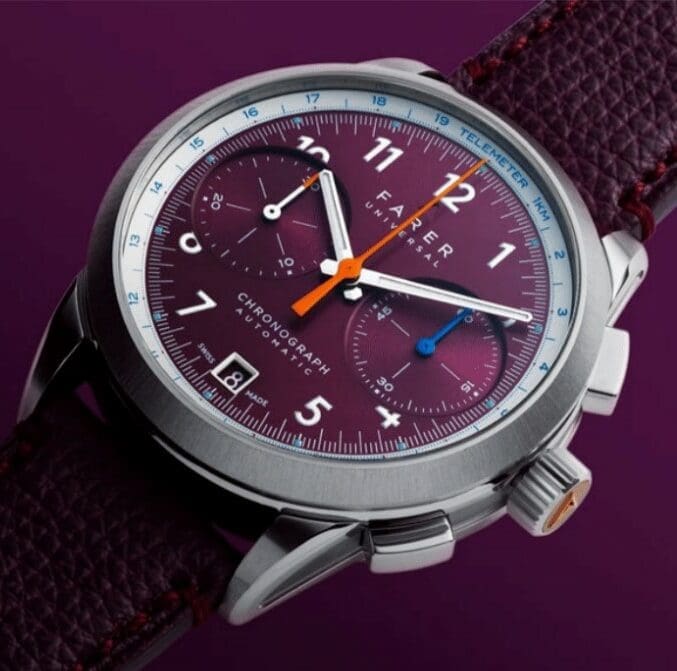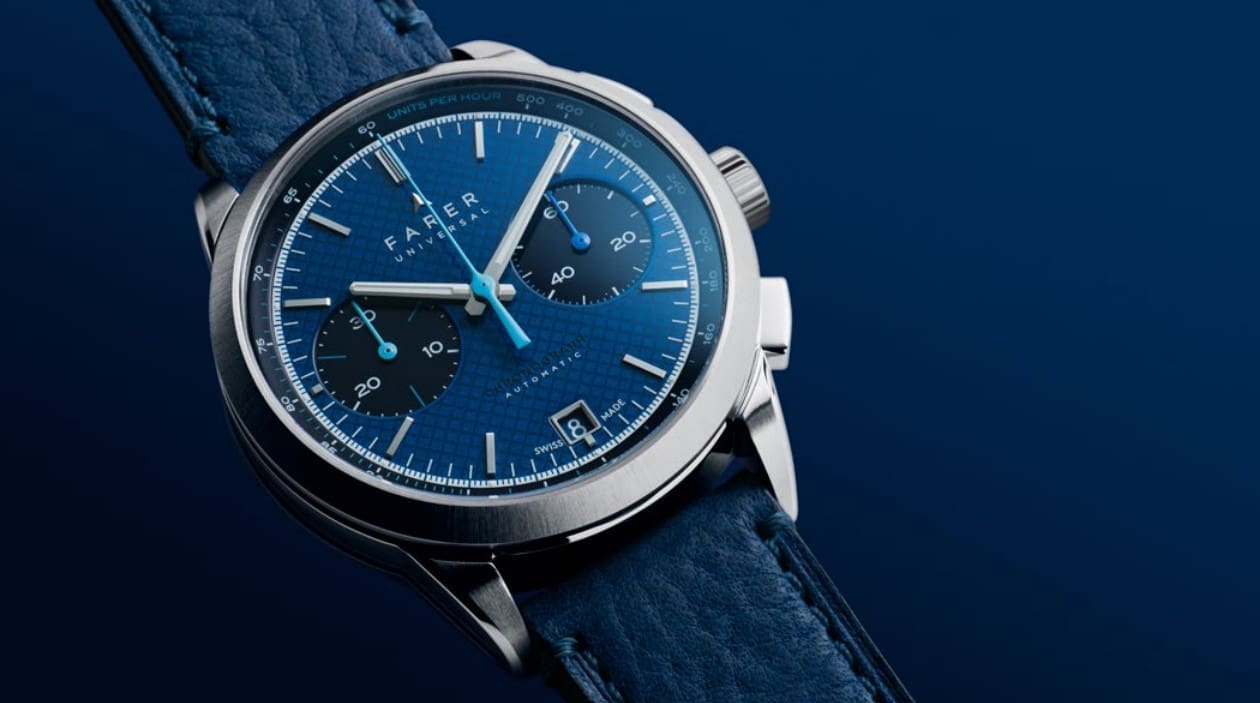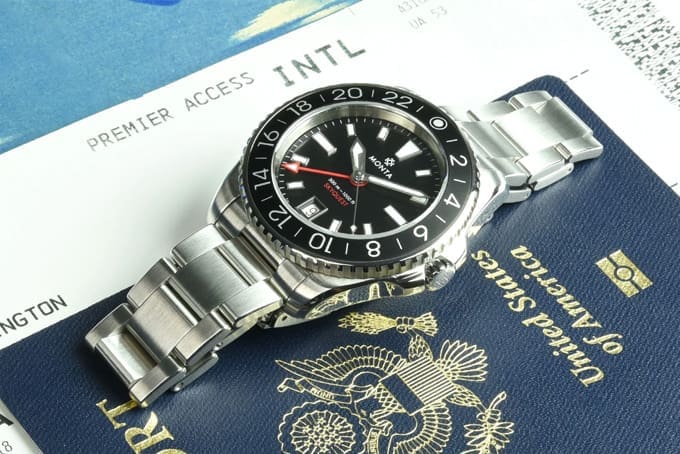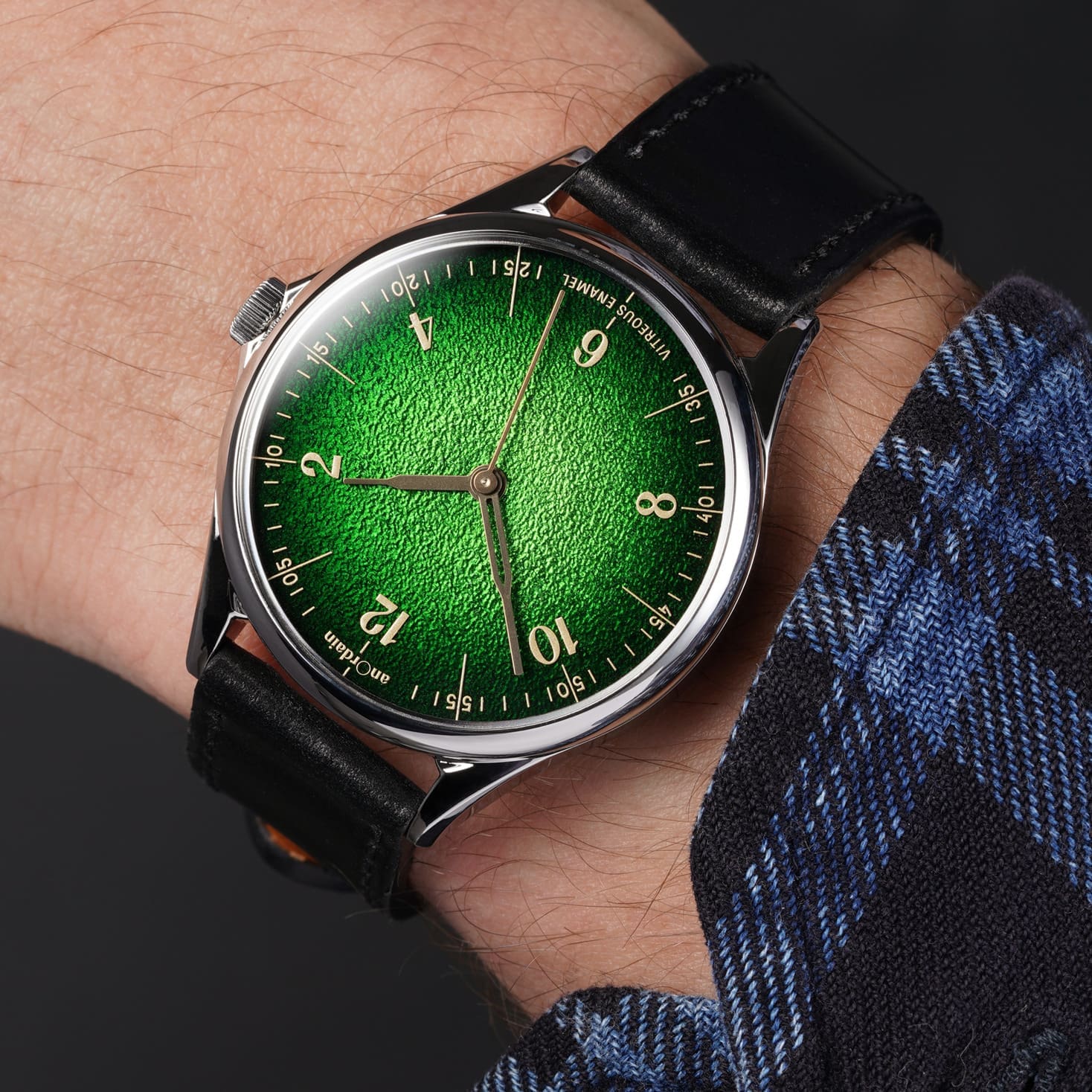Risky business: Are we ready for more microbrands going upmarket?
Ricardo SimeOne of my favourite watch brands, Farer, recently added a new chronograph to their line-up. Called the Chrono-Classic, it follows a long line of chronographs released from the brand. Yet, this new release is not just another chronograph for Farer. This watch sees them pushing through a glass ceiling as a microbrand and going upmarket. What will that mean for Farer and what happens when microbrands decide to charge more for their offerings?

For years, Farer’s offerings have not surpassed a certain dollar value. Search their website and you’ll soon see nothing surpasses US$1995. With the release of the Chrono-Classic, this changes. And for good reason.
Farer has introduced a new movement to the mix. The thin, top-grade, Dubois Dépraz DD2022 inside is an upgrade compared to what the brand has used in the past. Add to that a better finished case and the new US$2395 price tag to me seems warranted.

However, many people have a hard time spending over US$2000 on a microbrand watch. Because that glass ceiling doesn’t only exist for the brand, but also for the watch buyer.
One of the main reasons for this is the idea of value. Microbrands, since they burst on the scene a few years ago, have always been attached at the hip to the term. Since their offerings are constantly measured against larger brands, many microbrand buyers hope to get something comparable. Which wouldn’t be an issue, except the idea of value leads to wanting to get something comparable at a much lower price.
This leads to quite a predicament for a microbrand. When their creative juices lead them down a path to a watch that costs more to make – and brings more to the table – do they cut themselves off at the knees by sticking to the unrealistic limitations of being a microbrand? Or do they know their worth and charge accordingly?

Another aspect of this that makes going upmarket difficult for microbrands is a lack of history. Many buyers use this as a prerequisite for how much they are willing to spend on a watch. So many of the microbrands that decide to go upmarket, wait a few years to build up their cachet with buyers. Alternatively, they simply release the watch and let the market decide, hoping word of mouth will get them over that hurdle.
A perfect example of this would be Monta. When they first entered the market, they caused a bit of an uproar with their pricing. Yet they adapted quickly and in the last six years have grown a loyal following. This has been thanks to their build quality and – one of the best weapons that microbrands have in their arsenal – their customer service and relations. That’s why now, spending US$2435 on a Monta Skyquest is a much easier pill to swallow.

At the end of the day, there are many factors that play into a microbrand’s decision to go upmarket. Sadly, even if they are confident in their track record and offering overall, they still run the risk of potentially alienating their customer base. Yet even with all that in play, I welcome more microbrands going upmarket. In large part because I don’t view these brands as value propositions when I can’t get something similar from a larger brand. The stories these microbrands are telling and the cool, funky aesthetics of a brand like Farer are what draw me in. I want these microbrands to continue to test the limits of watch aesthetics and design. And if that means I now have to pay over $2k to get one of their interesting creations, that’s just fine by me.




